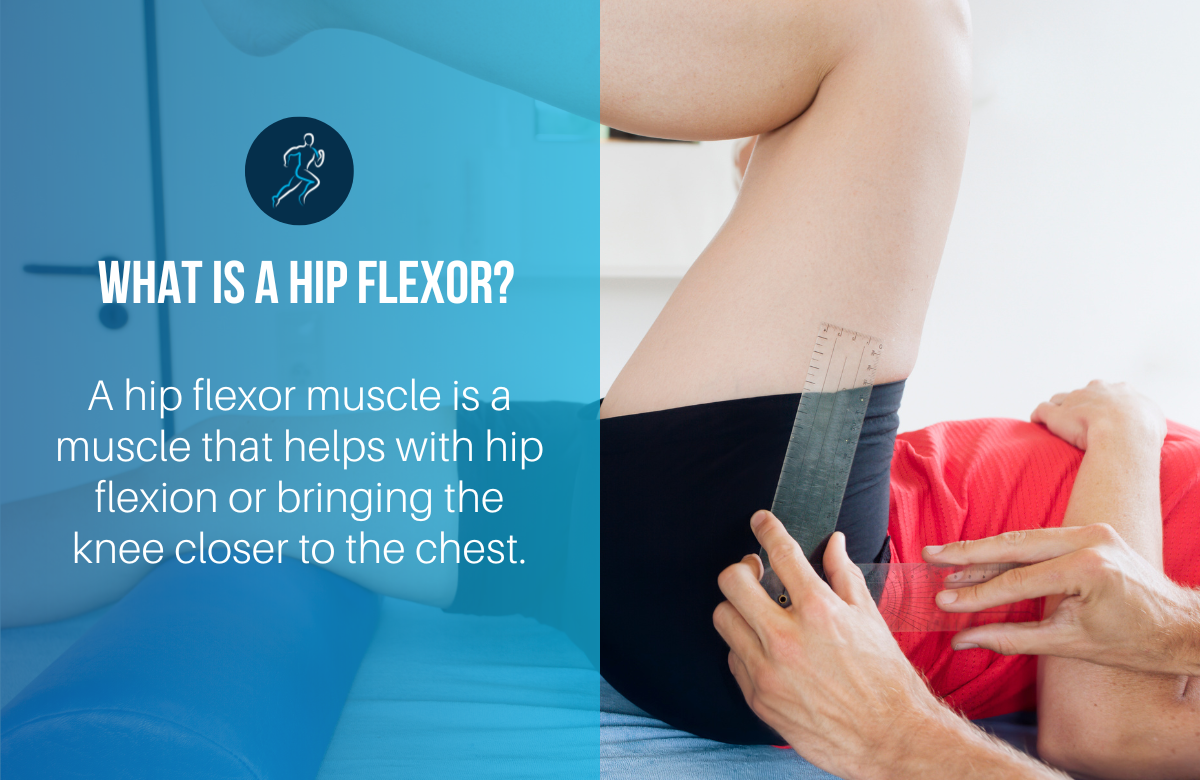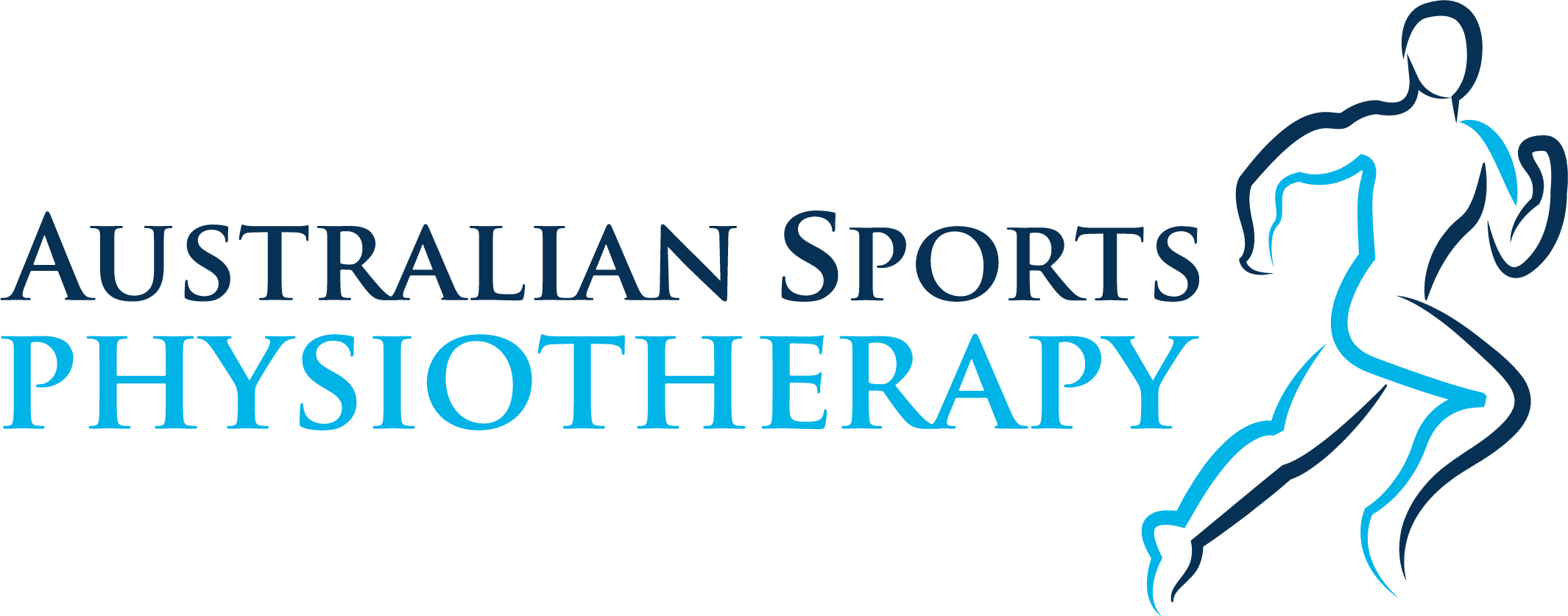Suffering from hip flexor pain can make it difficult to enjoy your everyday activities. The good news is that physiotherapy can help to relieve this pain and improve your quality of life.
Physiotherapists are medical professionals who are trained to assess and treat a variety of musculoskeletal conditions. They will work with you to develop a treatment plan that includes exercises, stretches, and other therapies to relieve your pain and improve your range of motion.
In addition, physiotherapists can advise preventing future episodes of hip flexor pain. With the help of physiotherapy, you can get back to enjoying your life without pain.
What is a hip flexor?
The hip flexors are a group of five key muscles that help with hip flexion. A hip flexor muscle is a muscle that helps with hip flexion or bringing the knee closer to the chest. A high, forwards kick that brings the leg above the waist level maximises hip flexion. You use your hip flexor muscles every time you take a step.
The hip flexors are essential for maintaining the balance of the posterior pelvic muscles.
Biomechanics of the hip flexors
Hip flexor pain can be caused by poor movement control, which is caused by some muscles being underactive and others being overactive. For example, if you squat incorrectly, you may develop hip flexor pain due to gluteal muscle weakness and hip flexor muscle tightness.
Your hip flexors are also affected by prolonged sitting and will tighten if you do not move around or stretch them out regularly.
Contributing factors to developing a hip flexor injury
Several factors can predispose patients to develop hip flexor pain. Running, yoga, and even sitting at your desk can all contribute to chronically tight hip flexors causing pain if you don’t take proper care of them.
These must be assessed and corrected under the supervision of a physiotherapist. Some of these factors are:
- Muscle weakness (particularly of the quadriceps, hip flexors or gluteals)
- Muscle tension (particularly of the hip flexors, quadriceps, hamstrings or gluteals)
- Improper or excessive activity or training
- Insufficient recovery time after training or activity
- Insufficient warm-up
- Stiffness of the joints (especially the lower back, hip or knee)
- Inadequate biomechanics
- Poor posture
- Insufficient rehabilitation after a previous hip flexor injury
- Lack of fitness
- Fatigue
- Insufficient pelvic and core stability
- Neural constriction
- Musculoskeletal imbalances
Long-term consequences of a hip flexor strain
Most hip flexor muscle strains resolve within a few weeks. When a hip flexor muscle is torn, several structures within and around the muscle may be injured. Injuries to these structures may cause your recovery to be delayed. If the tear is not treated correctly, your return to activity may also be delayed. If you do not seek physiotherapy treatment, you may be left with a tight, weak hip flexor muscle prone to reinjury once your pain has subsided.
Physiotherapy for a hip flexor pain relief
Resting for a day or two is usually recommended when treating a painful hip flexor. If damage has occurred, you may need to ice the region, but for the most part, a few days away from strenuous physical activity or the gym will be enough.
Then it would help if you focused on stretching and strengthening in the appropriate areas. A skilled physiotherapist can help you target the muscles you want to expand while strengthening the muscles that support your hip flexors.
Additionally, getting up and moving your body every so often is imperative if you work from a desk or find yourself sitting for long periods. This releases the tension and avoids pressure build-up that can lead to hip flexor pain.
Physiotherapy is essential for patients suffering from this condition to speed up the healing process, achieve the best possible outcome, and reduce the likelihood of recurrence. Physiotherapy treatment may include:
- Soft tissue massage of tight structures
- Joint mobilisation (especially the lower back and hip)
- Stretches for the hips, glutes, quads, and groin.
- Dry needling
- Utilising crutches if necessary
- Treatment with ice or heat
- Progressive strength and flexibility exercises of the hip flexors
- Hydrotherapy
- Education
- Biomechanical correction
- Advice on activity modification
If you have had hip flexor strain in the past or want to prevent it, make sure you stretch your muscles thoroughly before engaging in any exercise. You can also try some strengthening exercises to reduce the likelihood of strain.

Final thoughts on Hip Flexor Pain Relief With Physiotherapy
In the treatment of a hip flexor strain, physiotherapy is critical. Initially, your physiotherapist will be able to determine which tissues have been damaged and the extent of the damage.
Your physiotherapist can then discuss approximate timeframes for recovery and develop a treatment plan based on this information.









